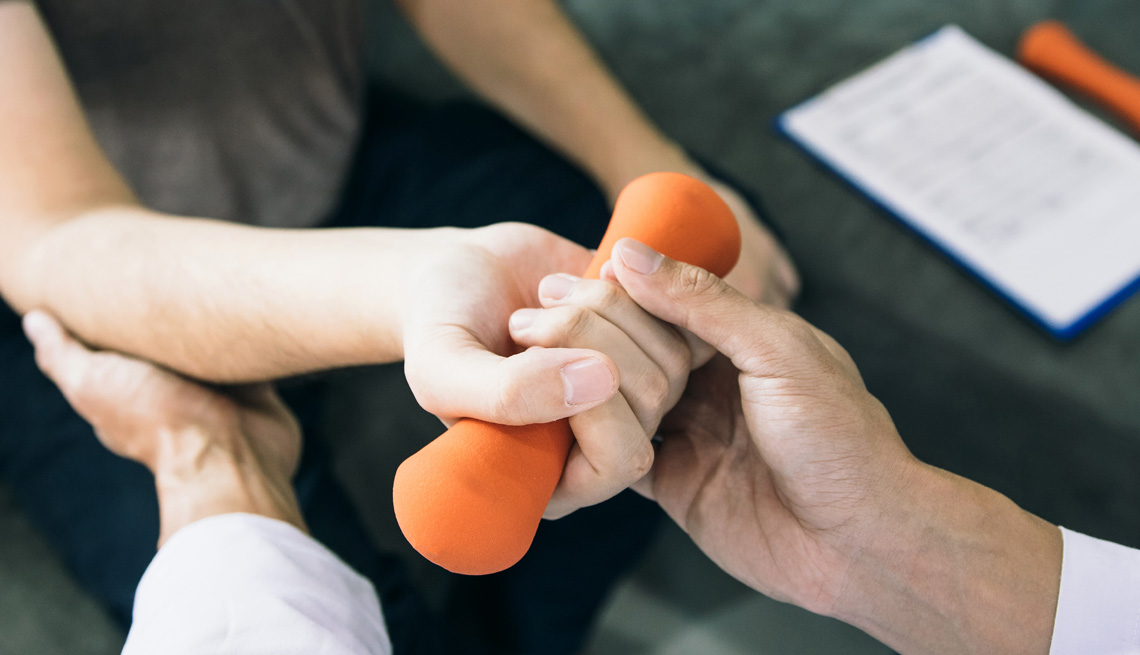Staying Fit
Bone density isn’t something most of us think about — until that moment when, out of the blue, we break something. “Probably 50 percent of women and 25 percent of men are expected to have an osteoporosis-related fracture in their lifetime,” explains Joy Wu, M.D., associate professor of medicine and endocrinology at Stanford Health Care. But there are ways to know, long before you break a bone, whether you’re losing skeletal mass — and to take steps to protect yourself. “Ultimately, we are most worried about hip fractures,” Wu says. But simple lifestyle changes can help reduce your fracture risk, and effective medications are available if needed. The earlier you can get diagnosed and start a treatment protocol, the better the outcome. Here are five things to look out for.


AARP Membership— $12 for your first year when you sign up for Automatic Renewal
Get instant access to members-only products and hundreds of discounts, a free second membership, and a subscription to AARP the Magazine.
1. You use your arms to get out of a chair
If you need to use your arms to push off, it may be a sign of weakening muscles, which are a good predictor of weakening bones. “Our bones and our muscles work as a unit; they get stronger as a unit and tend to get weaker as a unit,” explains Bess Dawson-Hughes, lead scientist in the Bone Metabolism Laboratory at the Jean Mayer USDA Human Nutrition Research Center on Aging at Tufts University. Difficulty getting into or out of a chair is a result of reduced muscle mass in the thighs. And lower muscle mass is a strong predictor of bone problems. “It is also a strong predictor of falling,” she explains. “When you have weak leg muscles, you are more likely to fall and therefore have a fracture.”
Incorporating muscle-strengthening exercises into your daily routine can help to improve bone quality, says Stephen Honig, M.D., director of the NYU Langone Osteoporosis Center.
2. You’re taking thyroid medication
High levels of thyroid hormone can interfere with the formation of new bone mass. While some people may have naturally overactive thyroids, hypothyroidism (low thyroid activity, often caused by an autoimmune issue) is more common. It’s also common for those with underactive thyroids to receive higher than necessary doses of replacement hormones, says Kendall Moseley, M.D., medical director of the Johns Hopkins Metabolic Bone & Osteoporosis Center. “It is important that doctors find the correct thyroid hormone dose to satisfy the body’s metabolism needs, but not to overtreat, which can lead to bone loss.”



































































